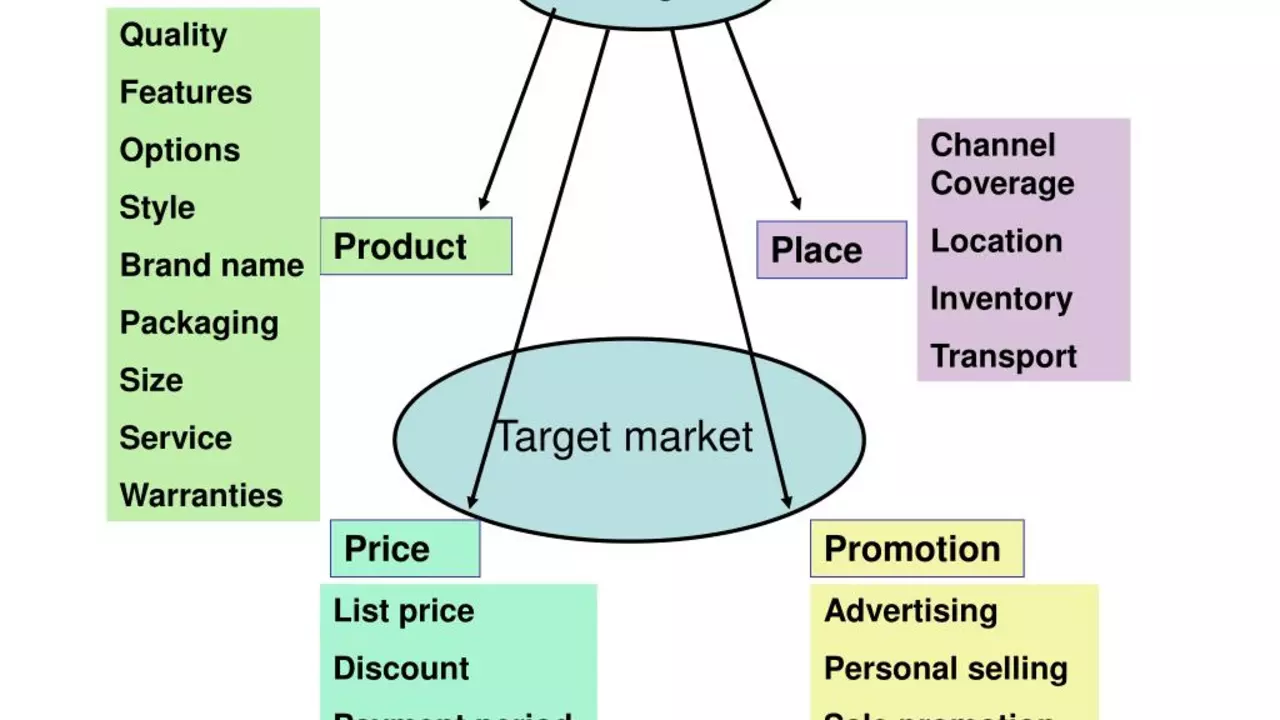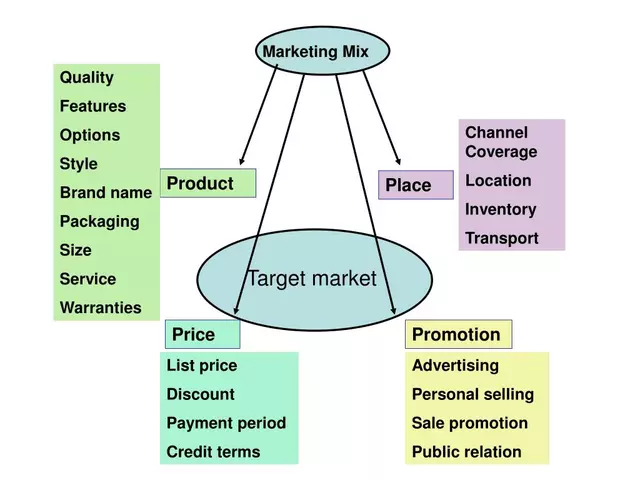
Understanding the Concept of a Target Market
Before we delve into the four crucial factors that help marketers describe a target market, it's essential that we first understand what a target market is. A target market is a specific group of consumers at which a company aims its products and services. These are individuals likely to be interested in the company's offerings and have the potential to buy them. By identifying and understanding their target market, businesses can develop effective marketing strategies that resonate with their customers, thereby driving sales and growth.
In my years of experience as a marketer, I've come to learn that defining a target market is not as easy as it might seem. It's more than just knowing who is likely to buy your product; it involves an in-depth understanding of who your customers are, their needs, and how best to reach them. This understanding is what helps a company to create a compelling value proposition that not only attracts but also retains its customers. Now, let's take a look at the four key factors that help in describing a target market.
Demographic Characteristics of the Target Market
The first factor that helps in describing a target market is demographic characteristics. Demographic variables are the most common means of segmenting a target market. They include aspects such as age, gender, income level, occupation, education level, and marital status. For instance, a company selling luxury watches might target working professionals aged between 25 and 45, with a high income level. The understanding of these demographic attributes can help a company to tailor its products and marketing messages to suit its target audience.
It's worth noting that demographic segmentation is not just about identifying who is likely to buy a product; it also helps to understand who is not likely to buy. This understanding allows a company to allocate its resources effectively, focusing its marketing efforts on those who are most likely to convert.
Geographic Location of the Target Market
The second factor that helps in describing a target market is geographic location. Where your potential customers reside plays a significant role in shaping your marketing strategies. This includes the country, region, city, or even neighborhood that your target audience lives in. For example, a clothing retailer might target customers in cold regions for its winter collection, while a beachwear company would target customers in coastal areas.
Geographic segmentation also influences the channels of distribution and marketing that a company uses. For instance, a company targeting customers in urban areas might focus more on online marketing, while one targeting a rural audience might rely more on traditional marketing methods.
Psychographic Profiling of the Target Market
The third factor in describing a target market is psychographic profiling. This involves understanding your customers' personalities, interests, attitudes, values, and lifestyles. Unlike demographic and geographic characteristics, which are relatively straightforward, psychographics delve deeper into the customer's psyche. They help a company to understand why customers make certain purchasing decisions and how to influence these decisions.
For instance, a fitness equipment company might target individuals who value health and fitness, while a luxury car manufacturer might target individuals who value status and prestige. Psychographic segmentation allows a company to create a more personalized and engaging marketing message that resonates with its audience.
Behavioral Characteristics of the Target Market
The fourth and final factor in describing a target market is behavioral characteristics. This involves understanding the customers' purchasing behavior, usage rate, brand interactions, and loyalty. For instance, a software company might target businesses that frequently use similar software, while a coffee shop might target individuals who drink coffee daily.
Behavioral segmentation enables a company to understand its customers' needs and preferences better, leading to more effective marketing strategies. It also helps a company to identify potential opportunities for upselling and cross-selling, thereby maximizing its revenue potential.
In conclusion, describing a target market involves a deep understanding of who your customers are, where they live, what they value, and how they behave. By considering these four factors, companies can develop effective marketing strategies that resonate with their customers, driving sales and growth.




